Cooking with non-stick cookware can reduce oil use, encourage healthy habits, and facilitate good health.
Nonstick pots and pans are used by people all over the world frequently to prepare their meals. The reason is that cooking with non-stick cookware is simple and convenient. When you have the right cookware in the kitchen, you can quickly prepare delicious meals and clean up. Every minute saved in cleaning, cooking, and food preparation is a minute that can be used for self-care or family time.
This article examines nonstick cookware in depth, including its implications on health and its safety during cooking.
Table of Contents
- Benefits of using nonstick cookware:
- Easy to cook:
- Easy to Clean:
- Everyone can cook:
- Creating a healthy future through cooking:
- The ideal choice for multitaskers:
- Versatility:
- Listed below are the practical tips to lengthen the lifespan of your non-stick cookware:
- Heat them correctly:
- Season with cooking oil:
- Clean them Correctly:
- Tools to be used on non stick pans:
- Never store food in the pan:
- Guidelines to reduce risk when cooking:
- Conclusion:
Benefits of using nonstick cookware:
-
Easy to cook:
Food cooks more evenly and doesn't stick as much to non-stick cookware. This makes stirring curries and other dry foods in non-stick cookware easier and prevents food from readily burning. You don't have to waste time and energy scraping food from the inside walls of the pans when you use non-stick cookware!
-
Easy to Clean:
Since nothing adheres to the surface and nothing needs to be scrubbed off during washing, non-stick cookware is incredibly simple to keep clean. Oil and food particles don't attach to the vessel's walls or bottom! To remove the food from your vessel, all you need is a scrubbing sponge! The vessel doesn't need to be scrubbed for hours on end to remove food debris!
-
Everyone can cook:
Most people will eventually need to learn how to cook because it is a vital skill. Cooking with non stick is practically as simple as breathing. When using non-stick tawa to make a dosa or chapati, you may pour the batter on the tawa and flip it over without having to worry about how much oil to use or the appropriate temperature. The dosa will simply and easily lift off the tawa!
-
Creating a healthy future through cooking:
To avoid food sticking to the pan and burning, individuals frequently use excessive amounts of oil or fat when they are cooking. You may cut back on or even do away with the usage of oil when you use high-quality non-stick cookware. As a result, non-stick cookware is a favourite among health enthusiasts because it considerably improves the food's nutritional value.
-
The ideal choice for multitaskers:
The ideal option for a busy home chef is non-stick cookware since it guarantees even heating and does not overheat. Not only that, but the food can be prepared in less time than it would in conventional cookware, giving you and your loved ones extra leisure time.
-
Versatility:
The non-stick cookware is so adaptable to all types of cooking appliances that it may even be used in current ovens and microwaves! The cooking procedure is also made even simpler than before thanks to the modes that modern induction burners and ovens have that are calibrated to non-stick cookware.
Listed below are the practical tips to lengthen the lifespan of your non-stick cookware:
-
Heat them correctly:
Non-stick pans are typically best used on low or medium heat. Cooking with them at high temperatures could harm the coating and taint the meal. You can use the butter test to determine the proper temperature; if bubbles occur, the pan is heated to the proper temperature; if the butter goes brown, the heat should be reduced.
-
Season with cooking oil:
When using the non-stick pans for the first time, wash them with running water, wipe-off and season them with cooking oil. Then heat for a minute and wipe off the oil content with a paper towel. This act removes all sorts of manufacturing residue and makes the pan fit for cooking.
-
Clean them Correctly:
Your non-stick pan should only be cleaned with liquid soap and a sponge. We strongly advise against using any cleaning pads on non-stick surfaces because they frequently include metal shards that can damage the coating and void the pan's guarantee.
Your non-stick pans will last longer if you follow simple but efficient cleaning procedures, store the cookware separately, or use pan separators when nesting the cookware.
-
Tools to be used on non stick pans:
We strongly advise using silicone tools on your non-stick cookware because they don't scratch the surface, are fully inert, and don't introduce any chemicals into your meal.
-
Never store food in the pan:
Non-stick pans should only be used for quick cooking, not for preserving food. Long-term food storage in a non-stick pan may degrade both the pan and the food.
Guidelines to reduce risk when cooking:
Nonstick cooking utensils are used by people all over the world. Everyone is happy using the non stick cookware because of the ease of using it. Having said that, there’s controversy around nonstick coatings, related to Teflon. When some authorities assert that using nonstick cookware while cooking is perfectly safe, others contend that they are dangerous and linked to diseases like cancer.
We would mention here that cooking using nonstick cookware is secure, wholesome, and practical if you take the following simple safety precautions:
- Never heat a pan that is empty. Pans that are empty can heat up quickly and could produce odours made of polymers. Before starting the heating process, fill the pots and pans with food or liquid.
- Avoid cooking on high heat. Cook on medium or low heat and avoid broiling, since this cooking technique requires temperatures above those recommended for nonstick cookware.
- We highly recommend the use of silicone tools on your non-stick cookware as they don’t scratch the non-stick surface & are completely inert & don’t impart any chemicals into your food.
- Change out dated kitchenware. Teflon coatings need to be replaced when they begin to show obvious signs of wear and tear, such as severe scratches, peeling, flaking, and chipping.
Conclusion:
Nonstick cookware is found in many kitchens worldwide. The nonstick coating is made from a chemical called PTFE, also known as Teflon, which makes cooking and washing up fast and easy.The substance PFOA, which was formerly used to create Teflon, has drawn the attention of health organisations. Teflon, however, has not contained PFOA since 2013.
Teflon and nonstick cookware of today are regarded as safe for use in regular household cooking as long as temperatures do not rise above 500°F (260°C).
Your nonstick cookware can therefore be used on the cooktop at moderate to medium heat, but not at maximum heat.
In the end, Teflon cookware is a practical method of food preparation that is now safer for regular usage than it was before.

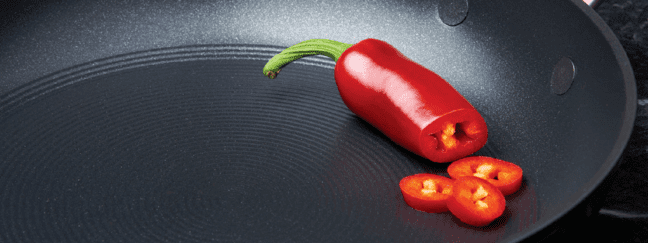
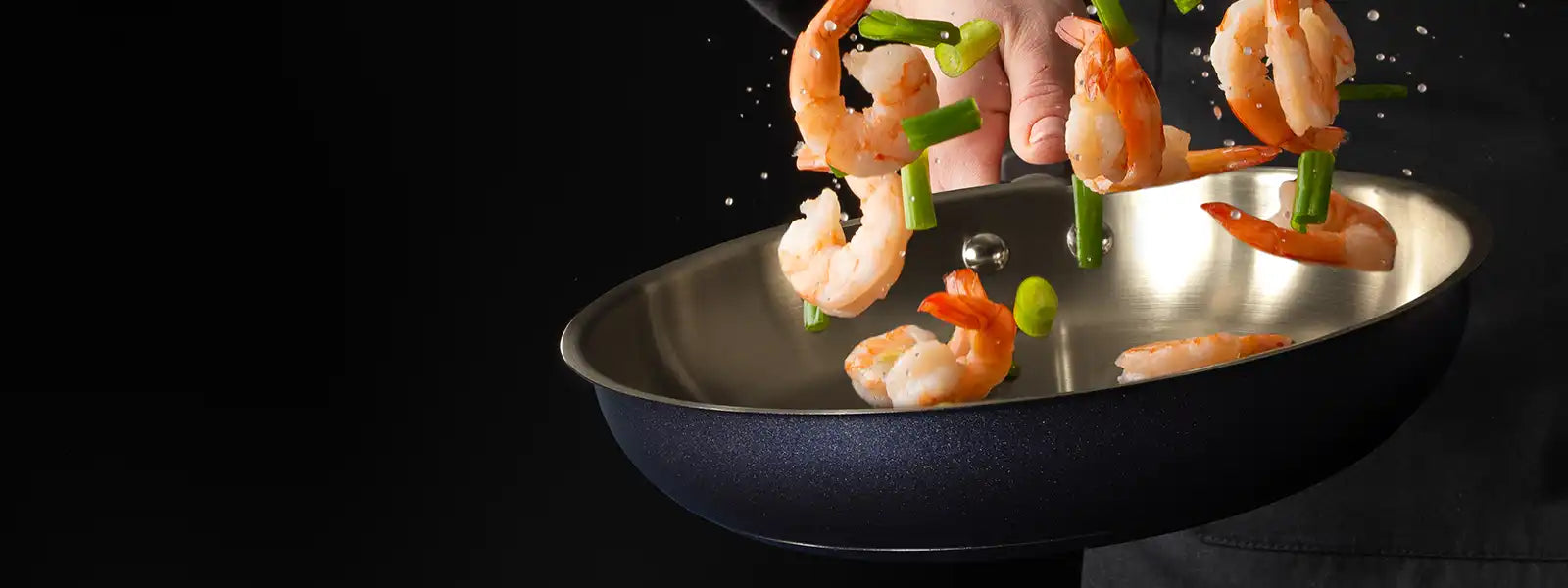
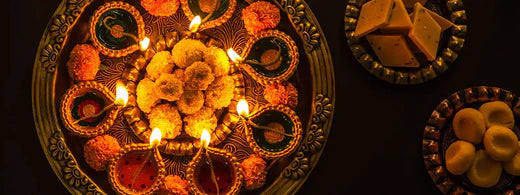
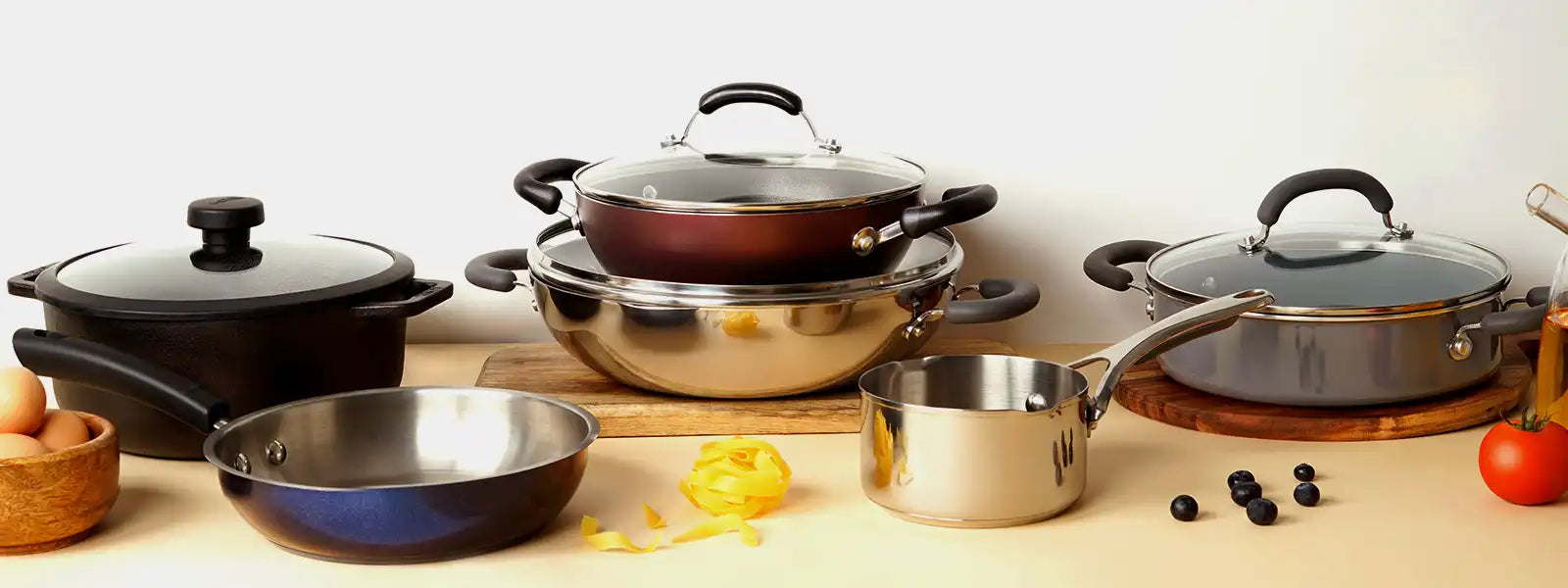
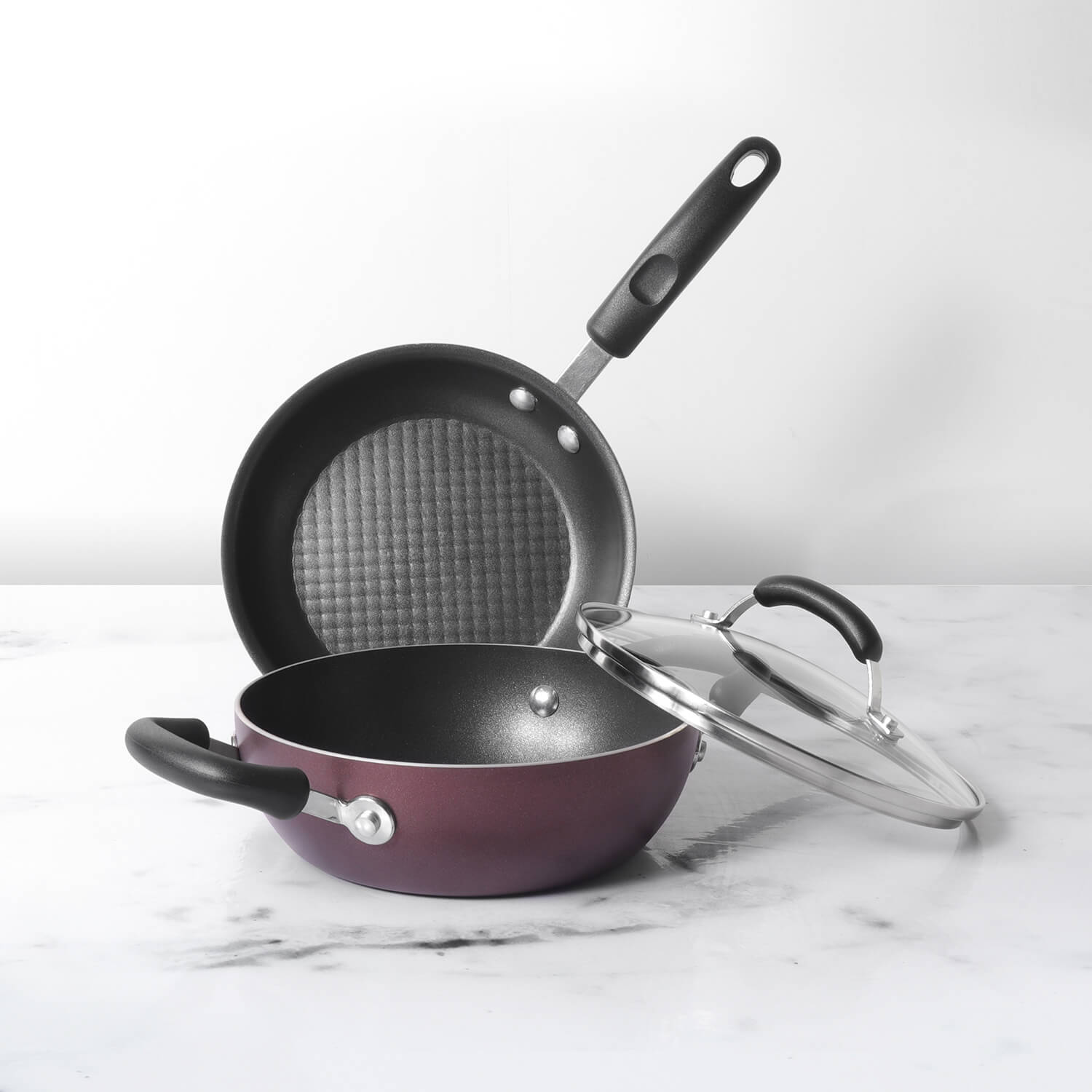
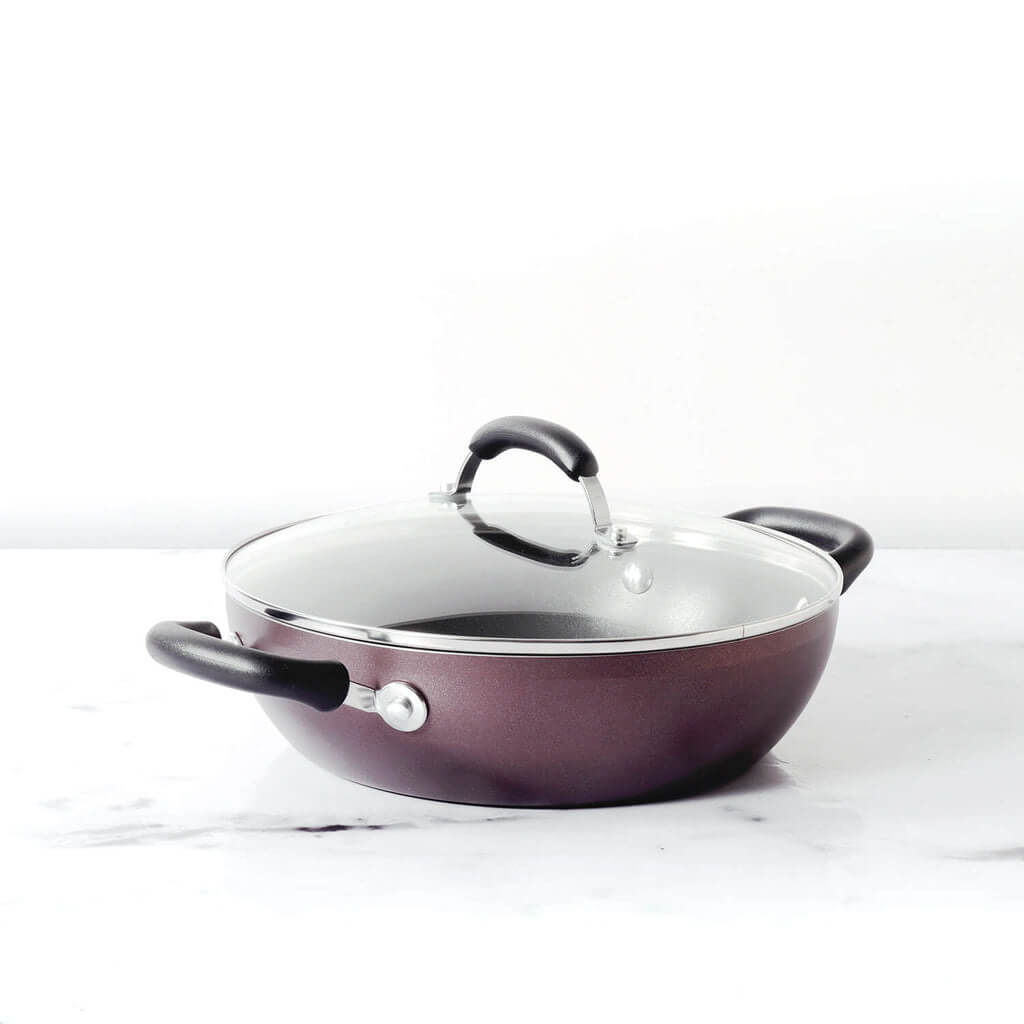




Leave a comment